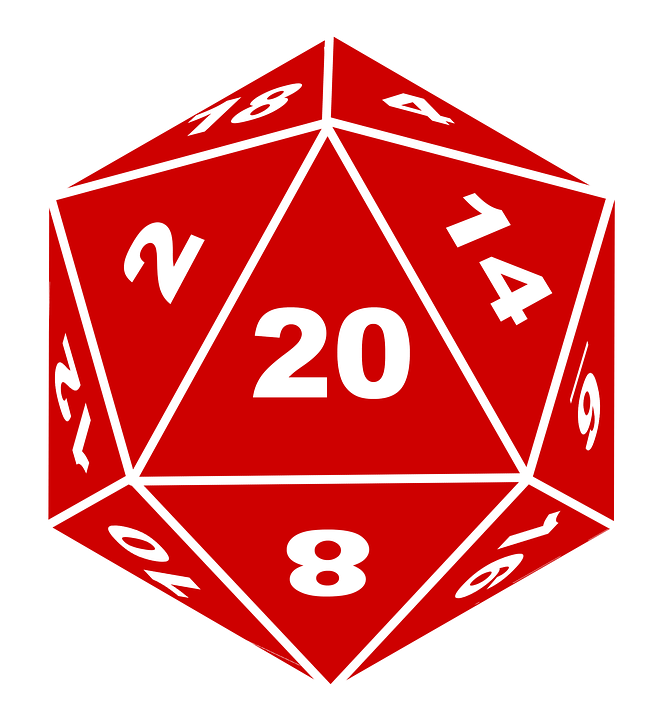Incarna Gaming Network
Choose your world… and bring your characters to life!
Armors, Shields, and Screens
Access to armor varies by availability. Many properties of armor are matched by weapons to bypass or negate them. Items can have properties added through crafting and/or technology. An appropriately sized set of armor will have the same relative impact, regardless of size. Crafters and tradesmen use Work Stations and Toolkits to make and Repair/Patch their materials. To add a deeper level of realism (and complexity), consider using mechanics for tracking wear and tear. Crafter’s Mark: The use of an item made by a famous and recognized crafter (or their guild/trade/school) may also be the equivalent of a Prestige Marker. Bone items of Colossi, Dragons, and Trolls can be fashioned into powerful armor. Principal Entities leave behind Primaeth remains from direct engagements that can be fashioned into armaments. Keep in mind, all values herein are a suggested _Baseline_ only.
“Battle Worn“: For GMs who want to add realism and flavor to the handling of used items, assume all armors gained as loot have this condition. The armor has a penalty of -1 to its maximum (not base) Resilience AND may (1 on d6) become Useless upon a Full hit until repaired.
Resilience: Armor has Resilience
Armor Value (AV); This indicates a structural damage threshold before which real damage is done to the item with Resilience. The rating indicates how much physical damage is reduced on each hit.
Enduring = resistance to type; enduring (fire) 1
D20 Worn Armor Mechanics
- AV: Number of steps of a Result shift that can be done
Incarna Core Worn Armor Mechanics
- Durable: Increases the AV by 1 and the total resilience by 20%
Shield
Shields are actively interposed to gain their maximum benefits. They can be operated manually or managed by automation or external intelligence.
Hand-held shields are physical objects that are maneuvered to block blows. The encumbrance of a shield is the combined size and material.
Material: Light, Moderate, and Heavy; Lighter materials are the equivalent of wicker and leather, whilst heavy tends to thick wood and metal. Setting and technology will dictate specific materials – heavier materials can be made with a lighter heft.
Size: Small: Covering roughly 25% of the target; Medium Covering roughly 50% of the target; Large Covering roughly 75% or more of the target
D20 Wielded Shield Mechanics
| Aspect | AC Adj. | Resilience Adj. | Min. Strength |
|---|---|---|---|
| Matl: Light | |||
| Matl: Moderate | +1 Res. | 12 STR | |
| Matl: Heavy | +2 Res. | 15 STR | |
| Size: Small | +1 AC | ||
| Size: Medium | +2 AC | ||
| Size: Large | +2 AC | +1 Res. |
Incarna Core Wielded Shield Mechanics
| Aspect | |||
|---|---|---|---|
| Matl: Light | |||
| Matl: Moderate | |||
| Matl: Heavy | |||
| Size: Small | |||
| Size: Medium | |||
Screen
A Screen is powered armoring (usually covering the entire object to be protected); it is a projected force or energy that filters out specific damage type(s).
Technology
Technology allows for the use of advanced in material and process science to achieve a higher degree of quality with less time and cost, and makes it more widely available. For example, for the same relative price point a riot shield made of plastic has all the encumbrance of a light shield and takes punishment as medium armor. Advanced composites may automatically grant that effects of Durable or Resilient with no extra weight or encumbrance.
Magical
+1: For each Plus, the Armor gains 1 level of Durability (Extra Resilience). As long as it has 1 Resilience, it can be repaired. The cost is 20% of the armor’s value per point restored.
Divine Armor
For more details, see Divine Items.
Occult Armor
For more details, see Occult Items.
Psychic Armor
For more details, see Psychic Items.
 D20
D20